By Rachel Williams, Historian, Orange County Regional History Center
From recollections from folks who lived in Central Florida decades ago to the reflections of people making history today, the oral histories in the Orange County Regional History Center’s collection reveal the rich diversity of our region, including its role in exploring space – illuminated in our oral history with Apollo-era NASA engineer Bill Heink, who had the right stuff to help land men on the Moon. We begin with the origins of KSC and NASA.
The American desire for space exploration grew out of the end of the second World War and strengthened as the Cold War continued into the 1950s. With the assistance of German scientists, United States military personnel not only studied rockets for their use in defense operations but also looked to the sky in the hopes of going beyond Earth one day.
In 1947, the military chose Cape Canaveral as a missile testing site, and by 1949, the Long Range Proving Ground was established there. On July 24, 1950, the first launch at the Cape took off in the form of a V-2 rocket named the Bumper 8, which soared ten miles into the air.
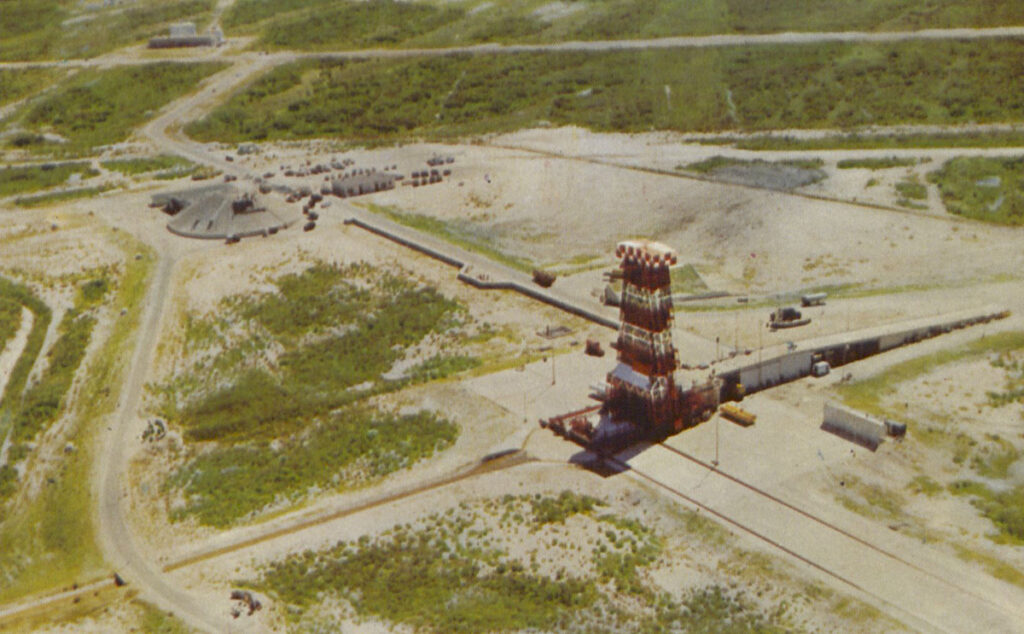
Aerial view of Cape Canaveral complex
Race into space
In the mid-1950s, the Space Race officially began when both the United States and the Soviet Union began working on projects to launch a satellite into space to orbit the Earth. The U.S. worked tirelessly on the Vanguard project, which was tested and planned to launch at Cape Canaveral’s Launch Complex 18.
Ultimately, the Soviet Union beat the United States when it sent its satellite, Sputnik, into space on Oct. 4, 1957. This launched the U.S. into a frenzy to pick up speed and close the “missile gap” that had now put the Soviet Union in the lead. The U.S. successfully launched its Explorer satellite into space from Cape Canaveral on Jan. 31, 1958.
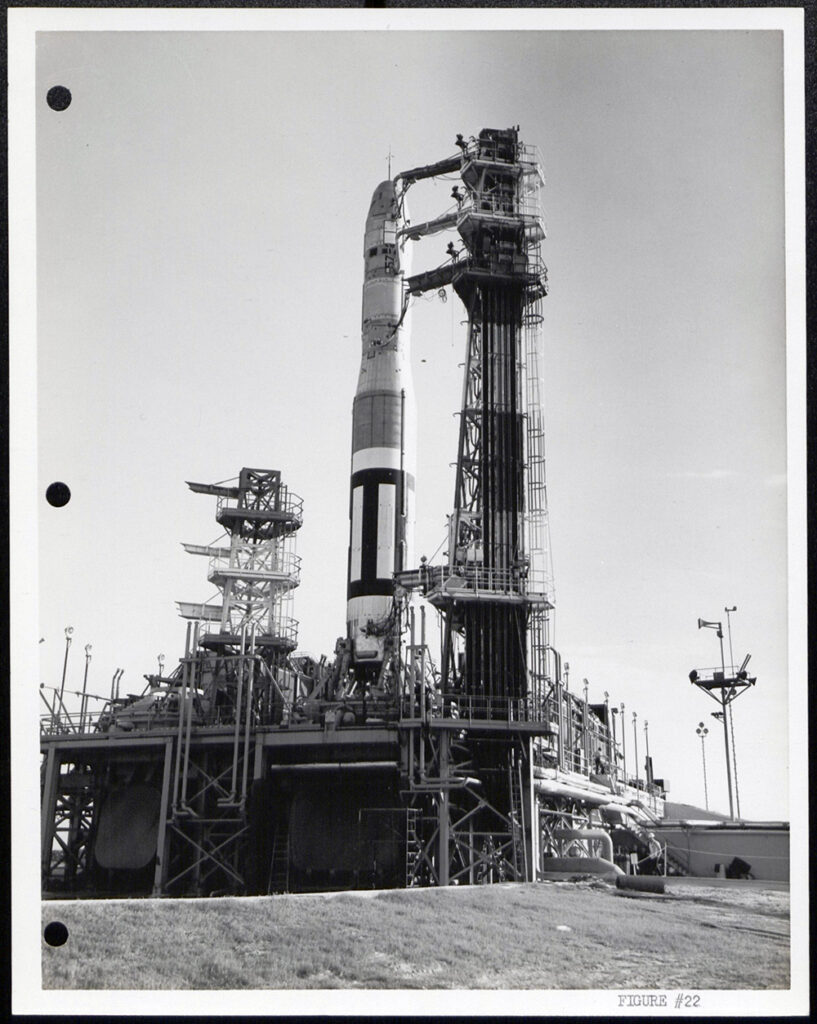
Titan missile
In July 1958, the United States established the National Aeronautics and Space Administration (NASA) and continued to use Cape Canaveral as its primary launch site, due to its location on the Atlantic Ocean and its ideal latitude when considering the rotation of the globe in reaching orbital velocity. Between the late 1950s and early 1960s, several types of rockets were launched from the Cape: Atlas, Delta, Centaur, Titan, and so on.
To the moon
All launches had been unmanned to this point, but the teams at Cape Canaveral had begun planning to send a human into space. Still, the Soviet Union again bested the U.S. on April 12, 1961, when cosmonaut Yuri Gagarin became the first human to be launched into orbit. In response, President John F. Kennedy made a speech on May 25, 1961, declaring that America would send a man to the moon before the end of the decade.
With a new program for lunar exploration in the works, NASA purchased 88,000 acres of land just north of the Cape on Merritt Island in August 1961 to create a new launch site that would be known as the Launch Operations Center (LOC). In 1963, it was renamed the Kennedy Space Center (KSC), as it is known today, in dedication to the slain President Kennedy. With the declaration of putting a man on the moon, the Apollo program was put into motion.
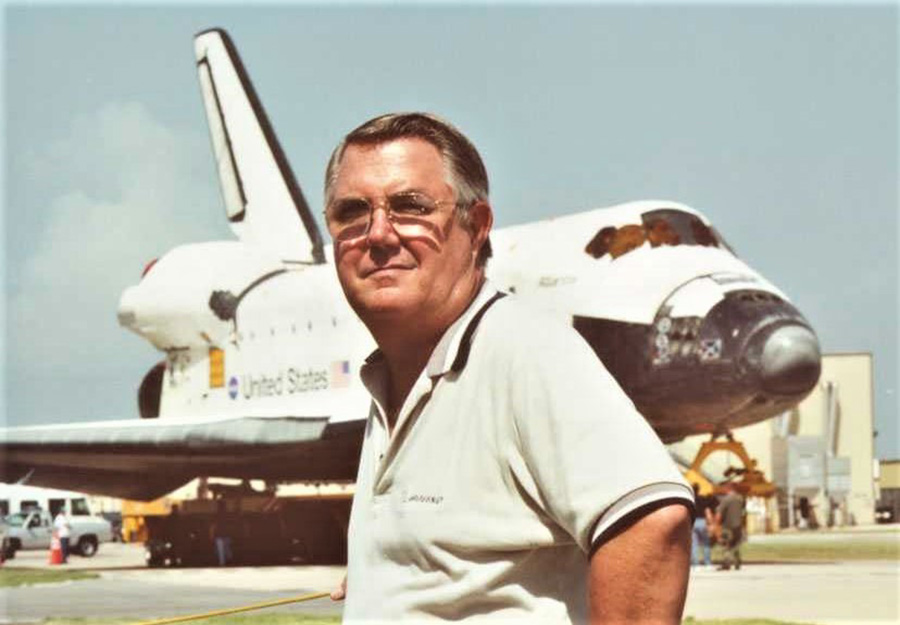
Bill Heink
A rocket man’s memories
Born and raised in California, Bill Heink grew up learning about rockets from his father, who worked for Convair on the Atlas missile. Heink graduated from the University of Wyoming in 1962 with a degree in electrical engineering and began working on the Atlas and Centaur rockets. In 1965, he moved to Merritt Island, Florida, to work on the Saturn Launch Team for all of the Apollo missions. He worked with the electrical control systems in cryogenics using relay launches, making him responsible for all of the electrical systems supporting liquid oxygen.
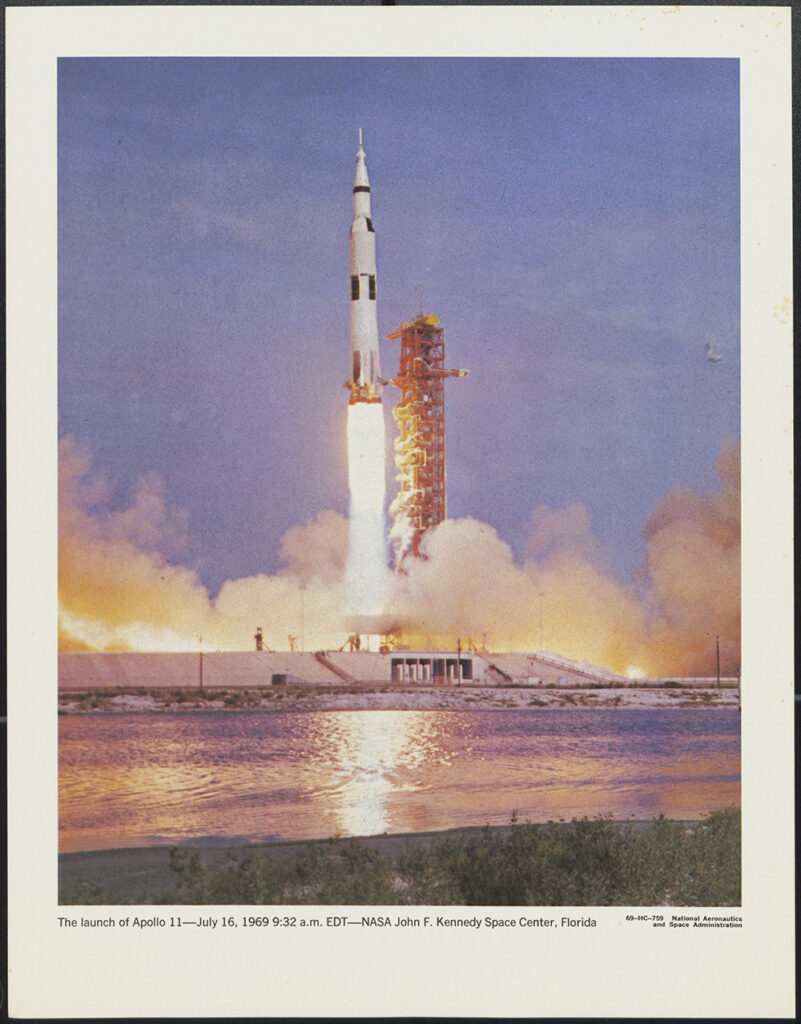
Apollo 11 launch
In his oral history, Heink recalls a story about an encounter that took place as he was trying to find solutions for some issues that were discovered during a countdown demonstration test (a dress rehearsal for launch). As he stepped into the elevator to go to the top of the mobile launcher, he joined four other men, one dressed in a suit and the others “all dressed kind of casual.” The man in the suit was “shooting me daggers,” he noticed, but he didn’t think much of it until he looked back at the three casual men.
“I look at their badges,” Heink recalls, “and they say Armstrong, Aldrin, and Collins.” The man in the suit was a public affairs official. “Those three guys wanted to know what was going on and what I was working on.” During his time at KSC, he would meet and work with many astronauts.
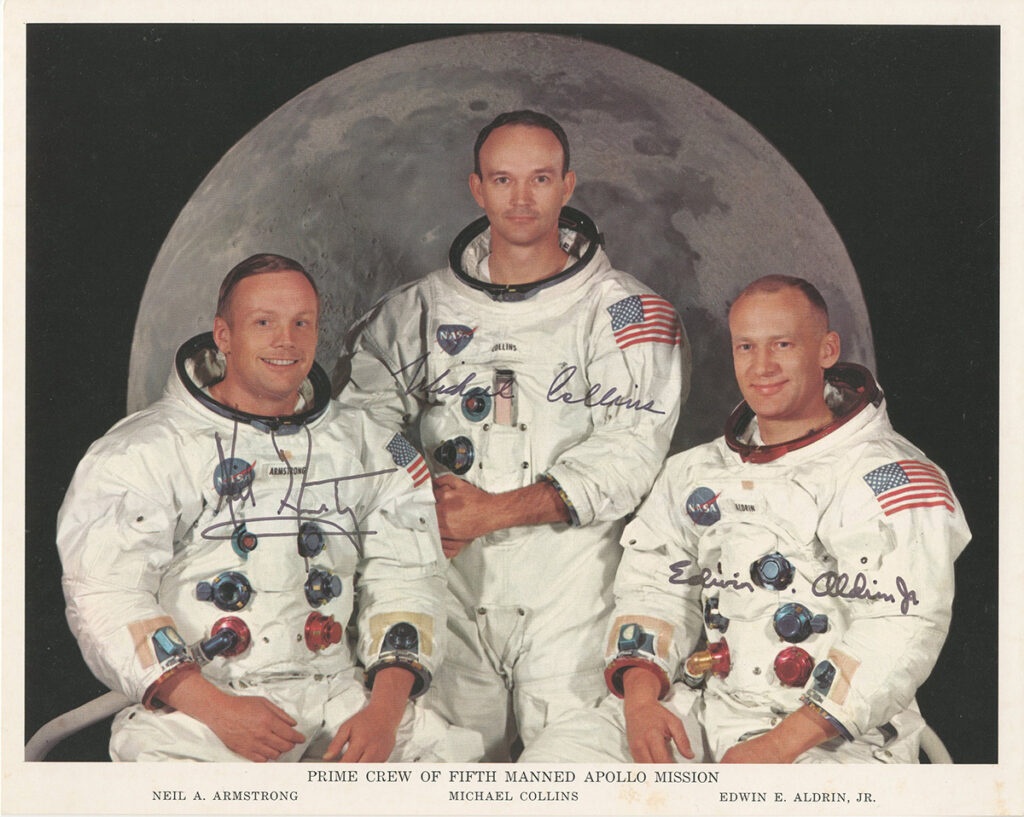
Apollo 11 Astronauts: Neil A. Armstrong, Michael Collins, and Edwin E. Aldrin, Jr.
After the end of the Apollo program, he worked for two years in North Dakota on Minuteman Missiles but returned to KSC in 1977 to work on the Space Shuttle program. In 1995, he became the director of Rockwell’s Orbiter Engineering, and in 1998 he became the site director for Boeing at KSC. In 2001, he retired. In 2023, Bill Heink still lives in Merritt Island and still watches the rocket launches from his home.

